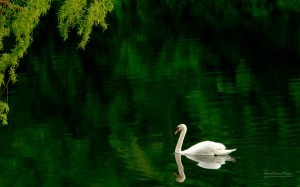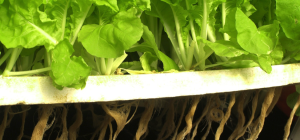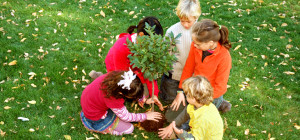 Landscaping is one of the most popular activities for homeowners who want to beautify their property. But it is a complicated activity because every state, every town, even every house has different conditions that can affect the success of the plants being grown there. This is particularly frustrating for less-experienced landscapers, who may be accustomed to going online for information on other projects. They soon find that the ideas being used in another part of the country will simply not work at their homes.
Landscaping is one of the most popular activities for homeowners who want to beautify their property. But it is a complicated activity because every state, every town, even every house has different conditions that can affect the success of the plants being grown there. This is particularly frustrating for less-experienced landscapers, who may be accustomed to going online for information on other projects. They soon find that the ideas being used in another part of the country will simply not work at their homes.
This goes beyond shrubs and trees. Even the grass you choose is greatly impacted by the unique circumstances at your home. As you shop for lawn seed, keep some of these characteristics in mind:
Consider Native Species
While plants have considerable adaptability from one climate to another, the best first step to make is to find locally-suited species. Consult with experts working in your region to find out which species have naturally grown in the area and build your program from there. Other species may not be able to tolerate your wintertime lows, your summertime highs, or the amount of precipitation you receive.
Remember that just because a grass will grow doesn’t mean it’s a good choice; in the face of mounting drought issues, many areas are strictly curtailing the lawn watering that is necessary to keep some species alive in drier areas.
There are also a number of fungal diseases that thrive in some parts of country, putting your lawn right in the line of fire if you plant susceptible varieties.
It is worth noting that a species and a variety are not the same thing. Varieties represent variation within a species, just as beagles and dachshunds represent varieties of dogs. Varieties are often developed for disease resistance or other adaptations, so review the variety as well as the species before you buy.
Watch Microclimates
We all know that a climate is basically the overall levels of temperature and moisture in an area. We usually think of them applying to rather large areas, such as states or even groups of states.
But the fact is that we can break down climates into very small units. In the landscape, we talk about microclimates. These are areas within a single piece of property where there are unique conditions that affect the growth of plants.
Shade is a simple example. A large tree can block much of the sunlight from the lawn below throughout the day, while locations literally inches away from its shadow receive uninterrupted light all day long. And while there won’t be variation in rainfall from the front of your home to the back, the impact of runoff from paved areas and gutters can effectively increase the rainfall in some areas.
Within the framework of microclimates, you need to remember how to compensate for these variations. “Thirsty” plants can tolerate those wetter areas, but if you have plants that prefer drier conditions, place them in the sunny areas.
Remember Durability
One of the most fundamental purposes of landscaping is to protect the soil from erosion. In areas that see the heaviest traffic from people, lawn mowers, and even the occasional vehicle, it’s important to choose plants that can tolerate this activity. Obviously, this is mostly an issue regarding grass, but shrubs can be the victims of unwanted friction from pets, playing children, and overzealous grass cutting.
Use these factors as contributing elements of your decisions about what plants to use. Tough evergreens can withstand the brushing passage of kids short-cutting a turn in the sidewalk. And the many thorns on a rose can provide powerful reinforcement to wayward pets who might damage other plantings.
If we had to sum up this conversation in one simple statement, it would be this: Consider your particular circumstances before choosing plants for your landscape. The result will be a landscape that’s practical, durable, and beautiful, and as unique as your home itself.







